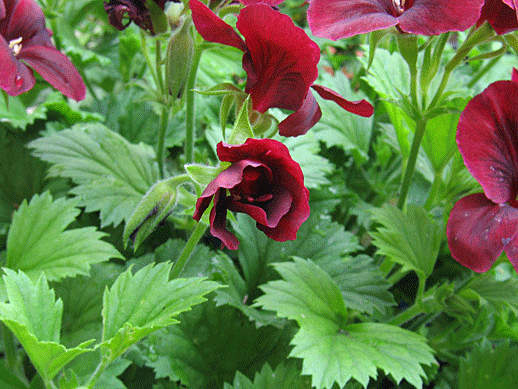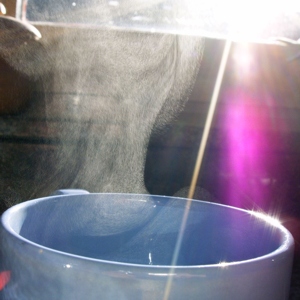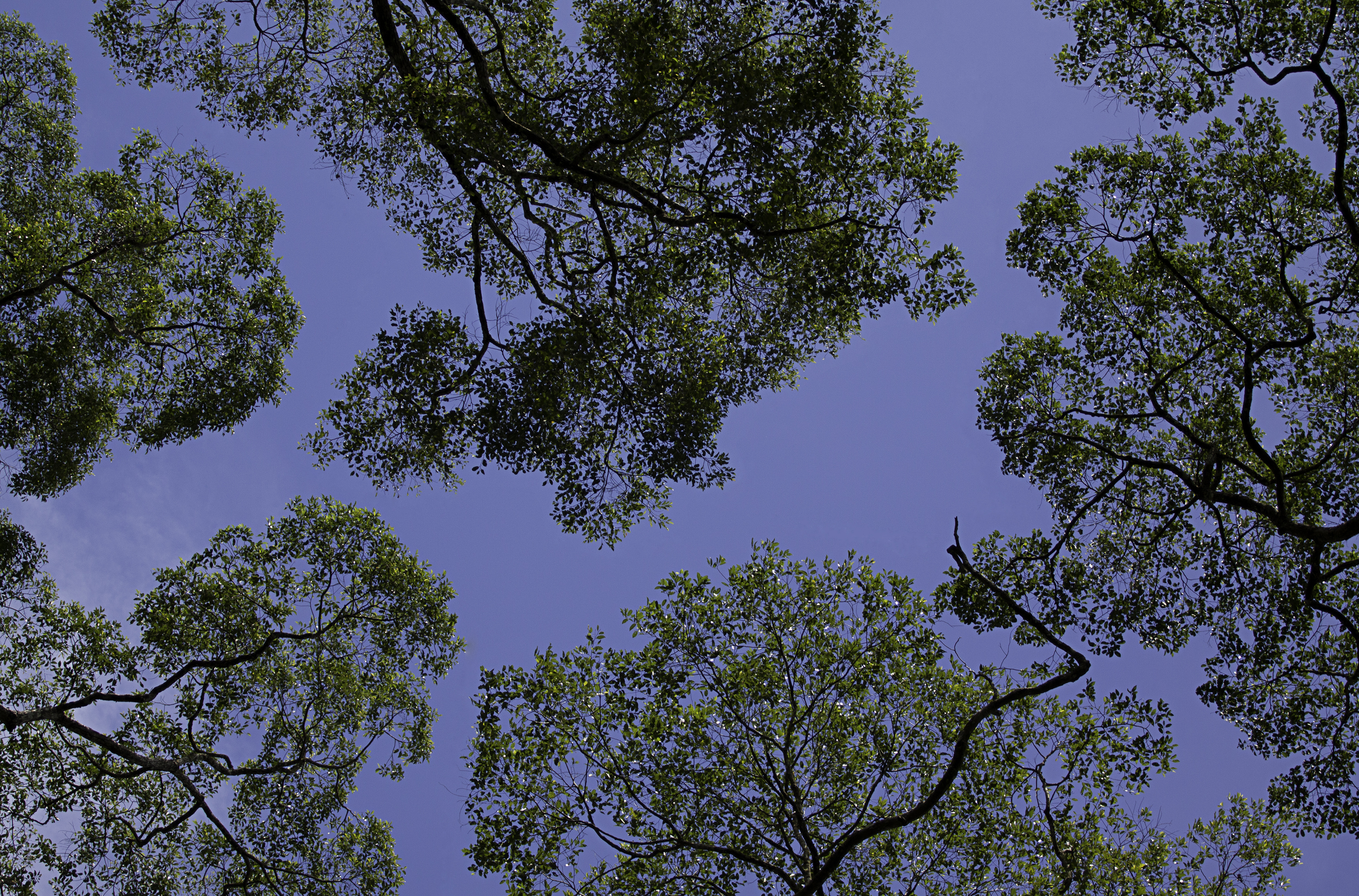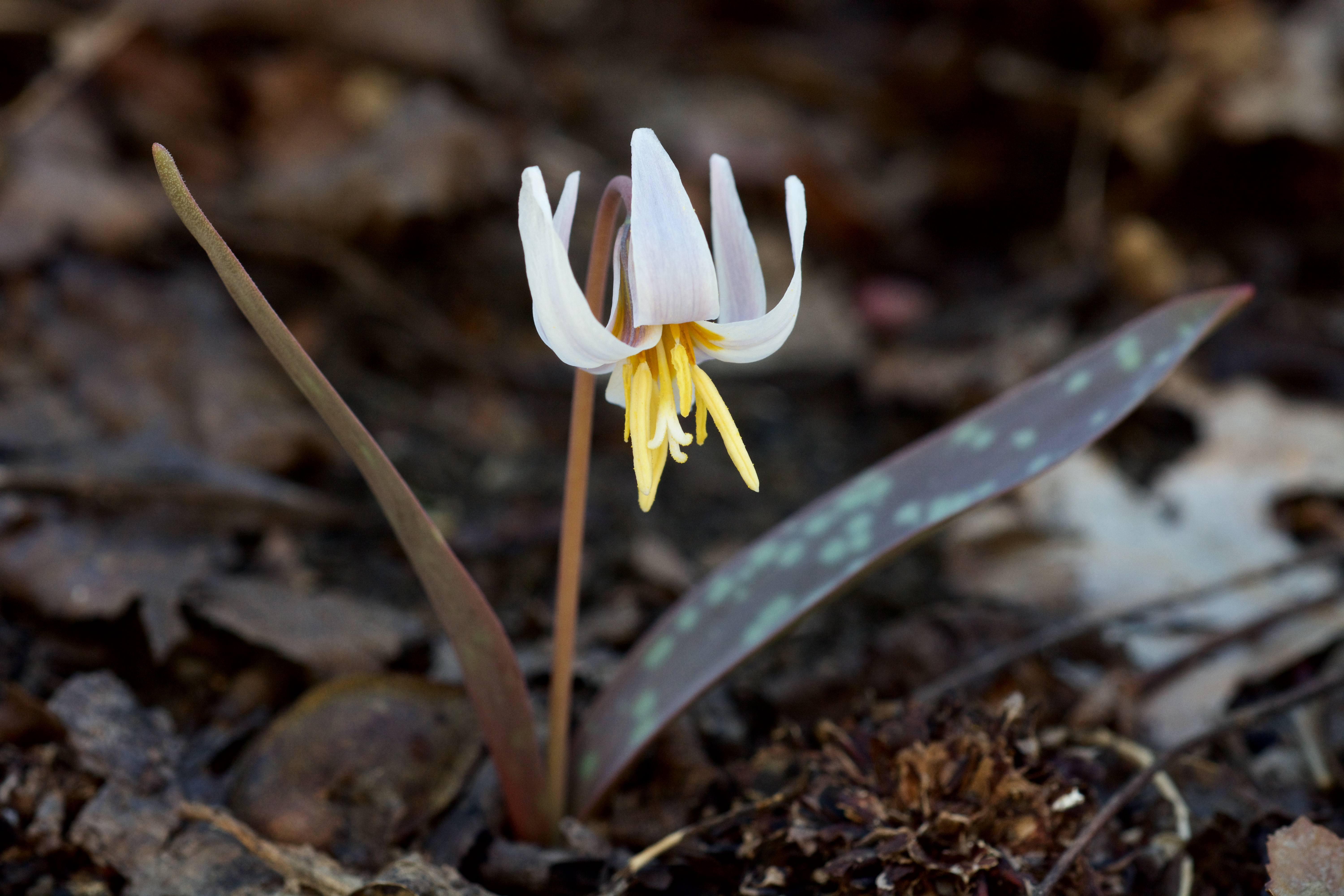|
Snowmelt
In hydrology, snowmelt is surface runoff produced from melting snow. It can also be used to describe the period or season during which such runoff is produced. Water produced by snowmelt is an important part of the annual water cycle in many parts of the world, in some cases contributing high fractions of the annual runoff in a watershed. Predicting snowmelt runoff from a drainage basin may be a part of designing water control projects. Rapid snowmelt can cause flooding. If the snowmelt is then frozen, very dangerous conditions and accidents can occur, introducing the need for salt to melt the ice. Energy fluxes related to snowmelt There are several energy fluxes involved in the melting of snow. These fluxes can act in opposing directions, that is either delivering heat to or removing heat from the snowpack. Ground heat flux is the energy delivered to the snowpack from the soil below by conduction. Radiation inputs to the snowpack include net shortwave (solar radiation includi ... [...More Info...] [...Related Items...] OR: [Wikipedia] [Google] [Baidu] |
Surface Runoff
Surface runoff (also known as overland flow or terrestrial runoff) is the unconfined flow of water over the ground surface, in contrast to ''channel runoff'' (or ''stream flow''). It occurs when excess rainwater, stormwater, meltwater, or other sources, can no longer sufficiently rapidly infiltrate in the soil. This can occur when the soil is #Saturation excess overland flow, saturated by water to its full capacity, and the rain arrives #Infiltration excess overland flow, more quickly than the soil can absorb it. Surface runoff often occurs because wikt:impervious#Adjective, impervious areas (such as roofs and Road surface, pavement) do not allow water to soak into the ground. Furthermore, runoff can occur either through natural or human-made processes. Surface runoff is a major component of the water cycle. It is the primary agent of Soil erosion#Rainfall and runoff, soil erosion by water. The land area producing runoff that drains to a common point is called a drainage basin. ... [...More Info...] [...Related Items...] OR: [Wikipedia] [Google] [Baidu] |
Snow
Snow consists of individual ice crystals that grow while suspended in the atmosphere—usually within clouds—and then fall, accumulating on the ground where they undergo further changes. It consists of frozen crystalline water throughout its life cycle, starting when, under suitable conditions, the ice crystals form in the atmosphere, increase to millimeter size, precipitate and accumulate on surfaces, then metamorphose in place, and ultimately melt, slide, or Sublimation (phase transition), sublimate away. Snowstorms organize and develop by feeding on sources of atmospheric moisture and cold air. Snowflakes Nucleation, nucleate around particles in the atmosphere by attracting supercooling, supercooled water droplets, which Freezing, freeze in hexagonal-shaped crystals. Snowflakes take on a variety of shapes, basic among these are platelets, needles, columns, and Hard rime, rime. As snow accumulates into a snowpack, it may blow into drifts. Over time, accumulated snow m ... [...More Info...] [...Related Items...] OR: [Wikipedia] [Google] [Baidu] |
Timelapse Of Winter's End At Bertram Creek Park Overlooking Okanagan Lake, Includes Snowmelt, Sunset And Venus Set
Time-lapse photography is a technique in which the frequency at which film frames are captured (the frame rate) is much lower than the frequency used to view the sequence. When played at normal speed, time appears to be moving faster and thus ''lapsing''. For example, an image of a scene may be captured at 1 frame per second but then played back at 30 frames per second; the result is an apparent 30 times speed increase. Processes that would normally appear subtle and slow to the human eye, such as the motion of the sun and stars in the sky or the growth of a plant, become very pronounced. Time-lapse is the extreme version of the cinematography technique of undercranking. Stop motion animation is a comparable technique; a subject that does not actually move, such as a puppet, can repeatedly be moved manually by a small distance and photographed. Then, the photographs can be played back as a film at a speed that shows the subject appearing to move. Conversely, film can be pla ... [...More Info...] [...Related Items...] OR: [Wikipedia] [Google] [Baidu] |
Evaporation
Evaporation is a type of vaporization that occurs on the Interface (chemistry), surface of a liquid as it changes into the gas phase. A high concentration of the evaporating substance in the surrounding gas significantly slows down evaporation, such as when humidity affects rate of evaporation of water. When the molecules of the liquid collide, they transfer energy to each other based on how they collide. When a molecule near the surface absorbs enough energy to overcome the vapor pressure, it will escape and enter the surrounding air as a gas. When evaporation occurs, the energy removed from the vaporized liquid will reduce the temperature of the liquid, resulting in evaporative cooling. On average, only a fraction of the molecules in a liquid have enough heat energy to escape from the liquid. The evaporation will continue until an equilibrium is reached when the evaporation of the liquid is equal to its condensation. In an enclosed environment, a liquid will evaporate unt ... [...More Info...] [...Related Items...] OR: [Wikipedia] [Google] [Baidu] |
Canopy (biology)
In biology, the canopy is the aboveground portion of a plant community, plant cropping or crop, formed by the collection of individual Crown (botany), plant crowns. In forest ecology, the canopy is the upper layer or habitat zone, formed by mature tree crowns and including other biological organisms (epiphytes, lianas, Arboreal, arboreal animals, etc.). The communities that inhabit the canopy layer are thought to be involved in maintaining forest diversity, Ecological resilience, resilience, and functioning. Shade trees normally have a dense canopy that blocks light from lower growing plants. Early observations of canopies were made from the ground using binoculars or by examining fallen material. Researchers would sometimes erroneously rely on extrapolation by using more reachable samples taken from the understory. In some cases, they would use unconventional methods such as chairs suspended on vines or hot-air dirigibles, among others. Modern technology, including adapted ... [...More Info...] [...Related Items...] OR: [Wikipedia] [Google] [Baidu] |
Red Trillium
''Trillium erectum'', the red trillium, also known as wake robin, purple trillium, bethroot, or stinking benjamin, is a species of flowering plant in the family (biology), family Melanthiaceae. The plant takes its common name "wake robin" by analogy with the European robin, which has a red breast heralding spring. Likewise ''Trillium erectum'' is a spring ephemeral plant whose life-cycle is synchronized with that of the forests in which it lives. It is native plant, native to the eastern United States and eastern Canada from northern Georgia (U.S. state), Georgia to Quebec and New Brunswick. Description ''Trillium erectum'' is a Perennial plant, perennial, Herbaceous plant, herbaceous, flowering plant that persists by means of an underground rhizome. Like all trilliums, it has a Whorl (botany), whorl of three bracts (leaves) and a single trimerous flower with three sepals, three petals, two whorls of three stamens each, and three carpels (fused into a single Ovary (botany), ovar ... [...More Info...] [...Related Items...] OR: [Wikipedia] [Google] [Baidu] |
Trout Lily
''Erythronium'', the fawn lily, trout lily, dog's-tooth violet or adder's tongue, is a genus of Eurasian and North American plants in the lily family, most closely related to tulips. The name Erythronium derives from Ancient Greek () "red" in Greek, referring to the red flowers of ''E. dens-canis''. Of all the established species, most live in North America; only six species are found in Europe and Asia. Taxonomy It was published by Carl Linnaeus in 1753Linné, Carl von, & Salvius, Lars. (1753). Caroli Linnaei ... Species plantarum :exhibentes plantas rite cognitas, ad genera relatas, cum differentiis specificis, nominibus trivialibus, synonymis selectis, locis natalibus, secundum systema sexuale digestas... (Vol. 1, p. 305). Impensis Laurentii Salvii. https://www.biodiversitylibrary.org/page/358324 with ''Erythronium dens-canis'' as the type species. Species ''Erythronium'' includes about 20–30 species of hardy spring-flowering perennial plants with long, tooth-like ... [...More Info...] [...Related Items...] OR: [Wikipedia] [Google] [Baidu] |
Spring Beauty
''Claytonia'' (spring beauty) is a genus of flowering plants native to Asia, North America, and Central America. The vitamin-rich leaves can be eaten raw or cooked, and the tubers can be prepared like potatoes. Description The plants are somewhat fleshy and only a few centimeters in height. The flower heads are about in diameter. Taxonomy The genus was formerly included in the purslane family ( Portulacaceae), but with the adoption of the APG IV system, in 2009 it was moved to the family Montiaceae. A number of the species were formerly treated in the related genus '' Montia''. A comprehensive scientific study of ''Claytonia'' was published in 2006. Species , Kew's Plants of the World Online lists 33 accepted species: Etymology The genus is named after John Clayton, who collected specimens of various plants in North America and distributed them to botanists in Europe. Distribution and habitat The genus is primarily native to the mountain chains of Asia and North Ame ... [...More Info...] [...Related Items...] OR: [Wikipedia] [Google] [Baidu] |
North America
North America is a continent in the Northern Hemisphere, Northern and Western Hemisphere, Western hemispheres. North America is bordered to the north by the Arctic Ocean, to the east by the Atlantic Ocean, to the southeast by South America and the Caribbean Sea, and to the south and west by the Pacific Ocean. The region includes Middle America (Americas), Middle America (comprising the Caribbean, Central America, and Mexico) and Northern America. North America covers an area of about , representing approximately 16.5% of Earth's land area and 4.8% of its total surface area. It is the third-largest continent by size after Asia and Africa, and the list of continents and continental subregions by population, fourth-largest continent by population after Asia, Africa, and Europe. , North America's population was estimated as over 592 million people in list of sovereign states and dependent territories in North America, 23 independent states, or about 7.5% of the world's popula ... [...More Info...] [...Related Items...] OR: [Wikipedia] [Google] [Baidu] |
Atmosphere Of Earth
The atmosphere of Earth is composed of a layer of gas mixture that surrounds the Earth's planetary surface (both lands and oceans), known collectively as air, with variable quantities of suspended aerosols and particulates (which create weather features such as clouds and hazes), all retained by gravity of Earth, Earth's gravity. The atmosphere serves as a protective buffer between the Earth's surface and outer space, shields the surface from most meteoroids and ultraviolet solar irradiance, solar radiation, keeps it warm and reduces diurnal temperature variation (temperature extremes between daytime, day and night) through heat retention (greenhouse effect), redistributes heat and moisture among different regions via air currents, and provides the atmospheric chemistry, chemical and climate conditions allowing life to exist and evolution, evolve on Earth. By mole fraction (i.e., by quantity of molecules), dry air contains 78.08% nitrogen, 20.95% oxygen, 0.93% argon, 0.04% carbon ... [...More Info...] [...Related Items...] OR: [Wikipedia] [Google] [Baidu] |
Absorption (electromagnetic Radiation)
In physics, absorption of electromagnetic radiation is how matter (typically electrons bound in atoms) takes up a photon's energy—and so transforms electromagnetic energy into internal energy of the absorber (for example, thermal energy). A notable effect of the absorption of electromagnetic radiation is attenuation of the radiation; attenuation is the gradual reduction of the intensity of light waves as they propagate through a medium. Although the absorption of waves does not usually depend on their intensity (linear absorption), in certain conditions (optics) the medium's transparency changes by a factor that varies as a function of wave intensity, and saturable absorption (or nonlinear absorption) occurs. Quantifying absorption Many approaches can potentially quantify radiation absorption, with key examples following. * The absorption coefficient along with some closely related derived quantities * The attenuation coefficient (NB used infrequently with meaning ... [...More Info...] [...Related Items...] OR: [Wikipedia] [Google] [Baidu] |








